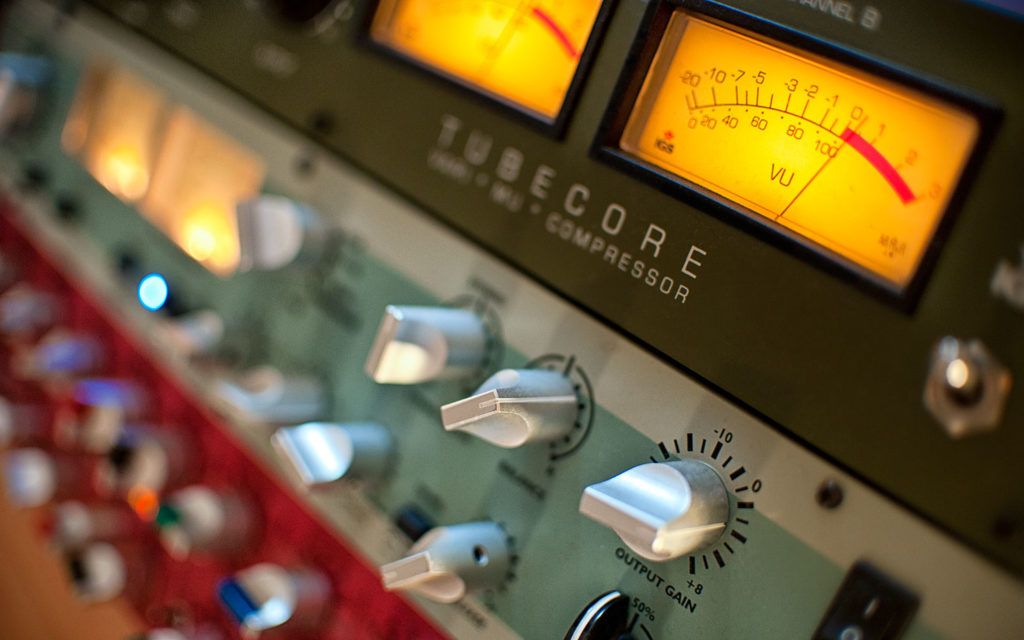Many myths surround mastering a recording, even in this, the internet age. Tutorials, online resources, and audio mastering software exist to make it possible for a diligent person to perform decent masters, but most cannot produce results above a mediocre level. So contrary to much hype, more possession of a mastering app on your PC does not turn you into an expert. The patient, detail oriented approach of a skilled professional working from a studio is still the ‘secret sauce’ for successful music mastering, and is the preferred route to go to get the right results.
But a determined person can accomplish much on their own using a properly equipped computer with online access, and after committing to some self-training. The first distinguishing mark of a person who is on the right road to doing so, is to see them shake off the idea that a computer program they are running is doing the key work during mastering. The primary processor in any mastering project, in actual fact, is the human brain, in particular the ears critically listening to the sound, then making decisions on the fly as to what is good, and what is not.
The job of an aspiring DIY engineer is to duplicate the mindset of a professional in objectively evaluating sound, and making your changes to improve a master. With this understood, the use of tools or audio mastering software can then be constructively utilized. It’s advised to look at several such products discussed on the web, and lean toward trying out the free or free trial programs first, to get a feel for what set of features is most helpful to one’s projects, and which offer the most easily navigable or intuitive interface.
A good program will have enough functionality to handle jobs at a pro level, yet be understandable enough not to get in the way of getting a mastering job done. The mixing capabilities should be quite flexible, distortion free, and able to be backed up to protect work in case re-mastering must be done. The software should support real-time mastering within the sequencer, and support integration of both digital and traditional analog sound elements. It would be helpful for the program to accommodate plug-ins where possible, so that the maximum number of effects can be supported.
When in doubt, consultation with a real mastering professional on a project is recommended, so that the DIY person can learn enough from hiring an expert to do a real job to comprehend what is needed to do subsequent projects on their own.

